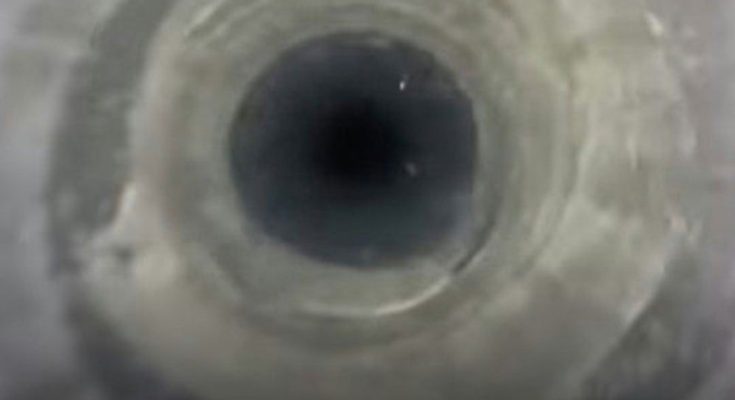In a groundbreaking expedition that’s captivating scientists and nature enthusiasts alike, a research team exploring a subglacial environment beneath Antarctica has made a stunning discovery 93 meters below the surface.
Using a specialized camera lowered into a narrow borehole drilled through the thick ice, the team captured rare footage of a hidden ecosystem teeming with life — in a place where none was expected to exist.
The Mission Beneath the Ice
The discovery came during a joint scientific mission aimed at studying Antarctica’s subglacial systems and how they may influence global climate and sea level rise.
The researchers, operating from a remote outpost on the West Antarctic Ice Sheet, drilled a borehole nearly 100 meters deep to access a mysterious subsurface cavity first spotted via satellite ice-penetrating radar.
When they finally lowered the waterproof, pressure-resistant camera into the dark abyss, they expected to find a silent, icy void. Instead, what they saw astonished them.
An Unexpected Burst of Life
Beneath the thick ice cap, the camera revealed a hidden freshwater cavern that defied the harsh, freezing conditions. What shocked scientists most was the presence of tiny shrimp-like crustaceans and microbial mats clinging to the cavern walls — signs of a surprisingly complex and resilient food web.
“This is not just water trapped under the ice — it’s a thriving, active environment,” said Dr. Laura McKinney, one of the lead researchers on the expedition. “The presence of living organisms so far beneath the surface shows us that life can persist in the most extreme conditions.”
A Glimpse Into Earth’s Hidden Biosphere
The discovery adds to a growing body of evidence suggesting that Antarctica’s subglacial lakes, rivers, and cavities may host entire ecosystems previously unknown to science. Researchers now believe that geothermal heat from deep beneath the Earth, combined with insulating ice and minerals, creates microhabitats that can sustain life, even in the absence of sunlight.
“This changes our understanding of where life can exist on Earth,” said Dr. Arjun Patel, a glaciologist involved in the study. “And it raises intriguing possibilities for similar ecosystems on icy moons like Europa or Enceladus.”
Implications for Climate and Beyond
Beyond the biological excitement, these findings have broader scientific implications. Subglacial water systems play a key role in how ice sheets move and melt. Understanding what lies beneath the ice helps researchers build more accurate models for predicting sea level rise.
The team has collected samples and plans further analysis to identify the species found, determine how they survive, and explore whether these ecosystems are isolated or connected to others beneath the Antarctic ice.
The Exploration Continues
This mission is only the beginning. Scientists are already planning to drill deeper and explore more subglacial environments across the continent. Each discovery brings us closer to understanding the full complexity of life on — and beneath — our planet.
As one researcher aptly put it: “We lowered a camera into the ice expecting to find silence. Instead, we found a whisper from Earth’s hidden biosphere.”
